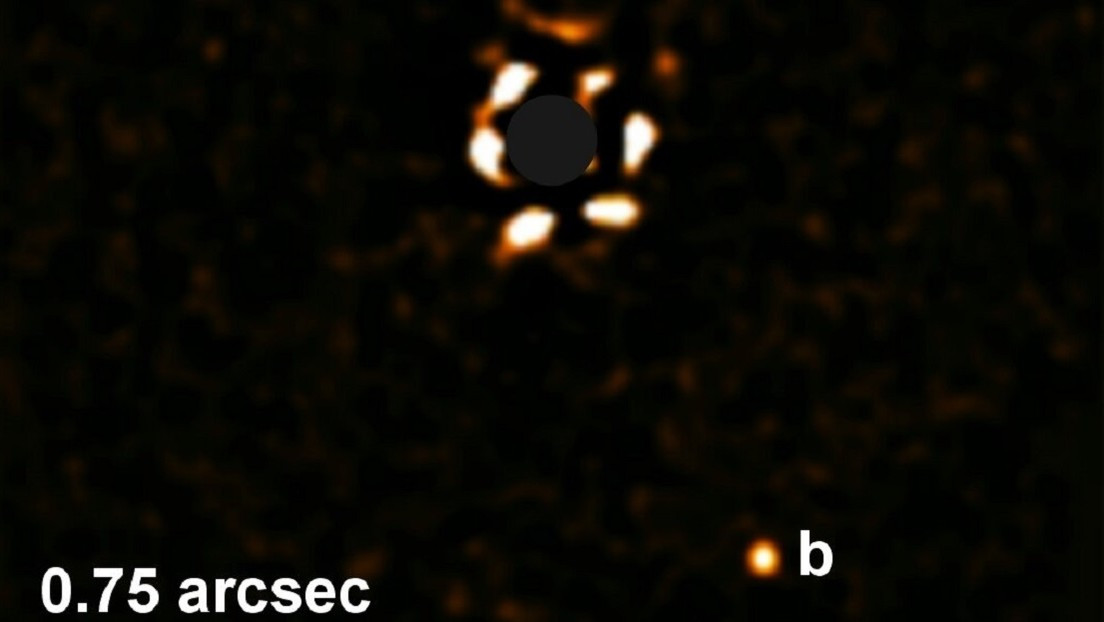Lapadilla
A team of astronomers led by Alexander Fone from the University of Leiden in the Netherlands has obtained images of the giant Exoplanet YSES2B, located 360 light-years from Earth. The gas planet orbits a very distant YSES 2 star similar to the Sun, which does not agree with the current theories of planetary formation.
YSES 2b is six times heavier than Jupiter, the largest planet in the Solar System, and 110 times farther from Earth than the Sun. For its part, YSES 2 resembles the Sun in its parameters, but it is much younger: it is only 14 million years old, 4.5 billion years older than the Sun.
The discovery was made within the framework of the Young Sons Exoplanet Study (YSES) and is equipped with SPHERE, a high-contrast spectropolarimetric instrument that supports the largest telescope complex located in Chile and allows for live images of expoplanets. . The YSES 2 star was seen on April 30, 2018 and December 8, 2020.
The large distances between a star and a planet in such a young system do not apply to both of the two ideal models of gas giant formation. If the planet were in its current location, away from the star, formed by the accumulation of the center, it would not be so large because of the absence of matter in its gas and dust disk. If it was created because the gravitational disk on the planetary disk is called instability, it seems that it is not enough.
It is also possible that due to the accumulation of the center, the planet formed near the star and then moved outwards. However, this situation would require the gravitational influence of a second planet, which has not yet been discovered.
“By investigating more exoplanets like Jupiter in the future, we will learn more about the processes behind the formation of gas giants around stars like the Sun,” Pon said. The new findings were published in the journal Astronomy and Astrophysics.





:quality(85)/cloudfront-us-east-1.images.arcpublishing.com/infobae/KTKFKR763RBZ5BDQZJ36S5QUHM.jpg)